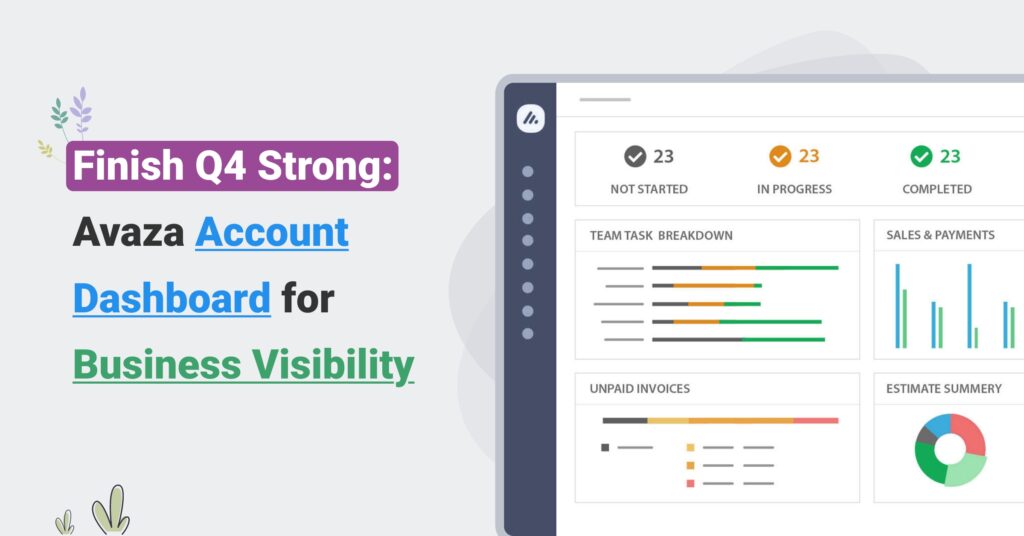Table of Contents
Introduction
Q4 compresses timelines. Holidays, slower approvals, and end-of-year juggling make it easy to miss the signals. Avaza’s Account Dashboard turns your home screen into a control room: a flexible grid of widgets you can add, remove, resize, and rearrange to fit your role – whether Owner, Ops, PM, or Finance. You can configure it once, review it weekly, and protect your quarter.
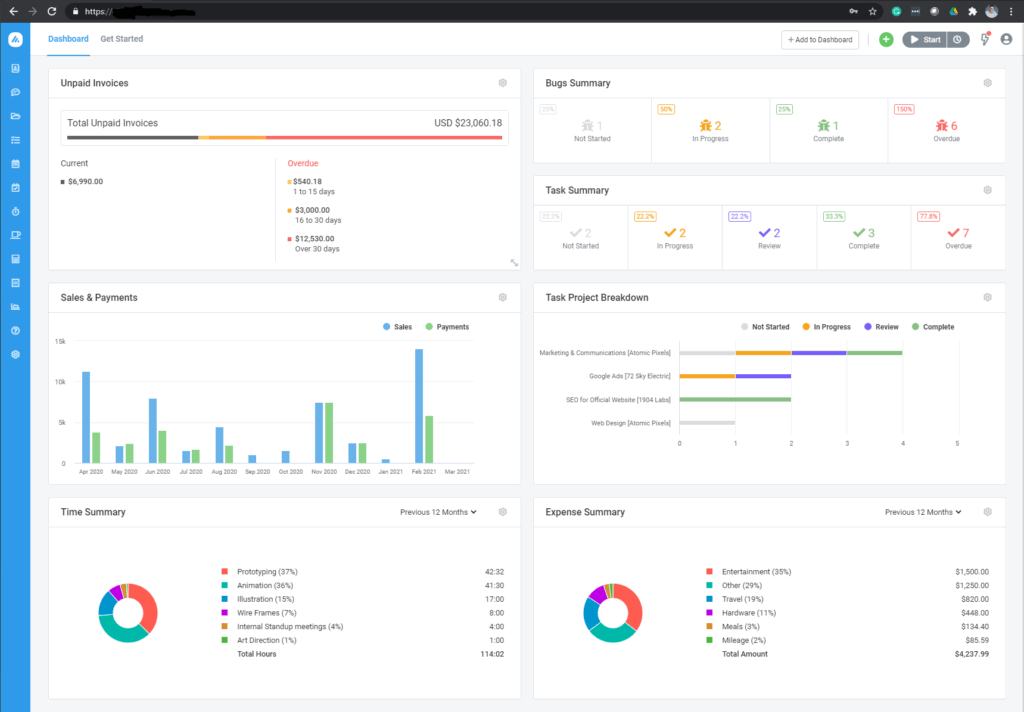
What the Avaza Account Dashboard is (and isn’t)
- Your one-stop home for key signals. Start with a curated set of widgets; expand from a growing gallery over time.
- Fully personal. Every user can tailor their layout; you can even add multiple instances of the same widget with different filters or names (e.g., “Unpaid >30 days,” “Unpaid this month”).
- Not a static report. It’s a living surface you adjust as the quarter evolves—rename, duplicate, or swap widgets in seconds.
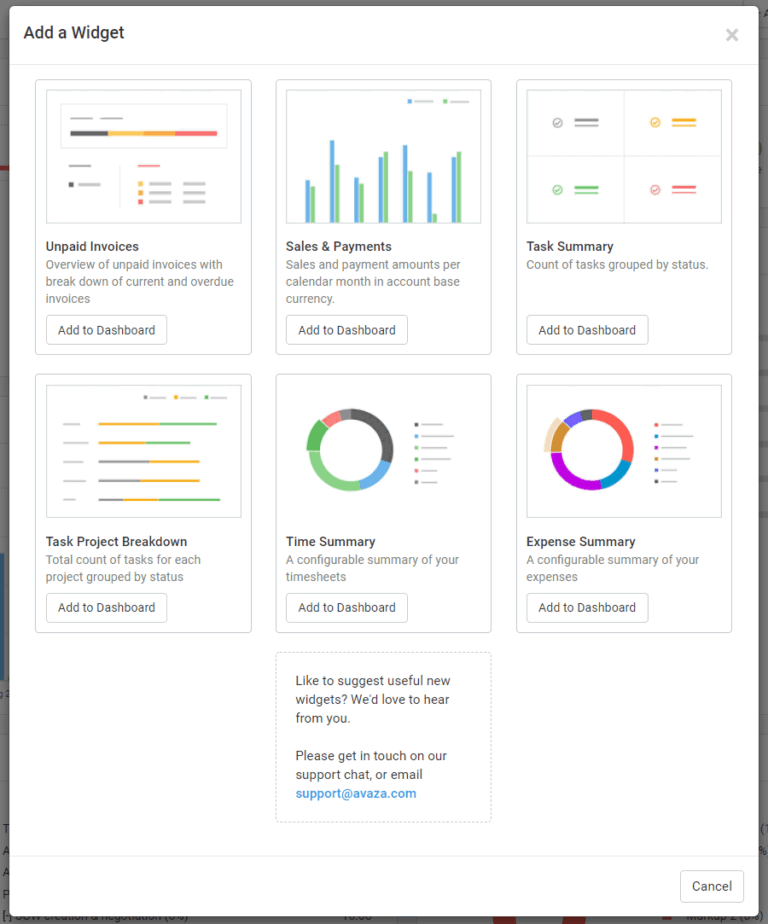
Core building blocks: widgets you’ll use first
Avaza ships with a library of widgets you can drop into your grid. Popular starters include:
- Unpaid Invoices / Sales vs Payments – see receivables and collections at a glance.
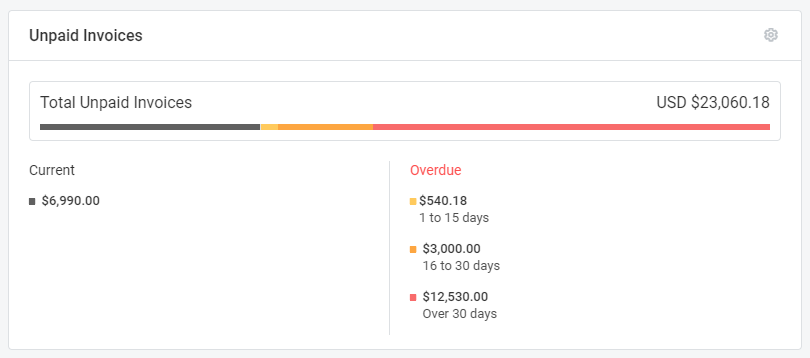
- Timesheet Summary – track billable time by person or project to catch utilization dips.
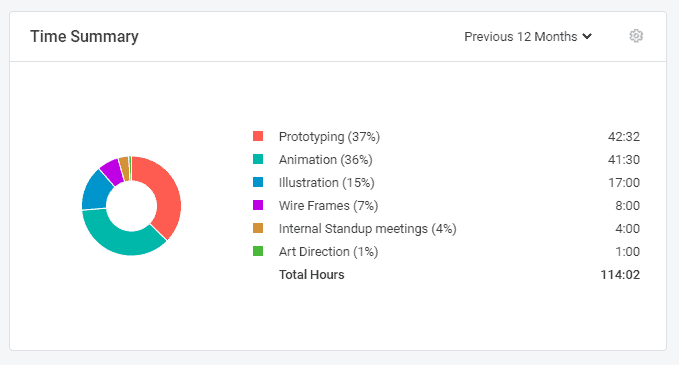
- Expense Summary – watch spend patterns by category.
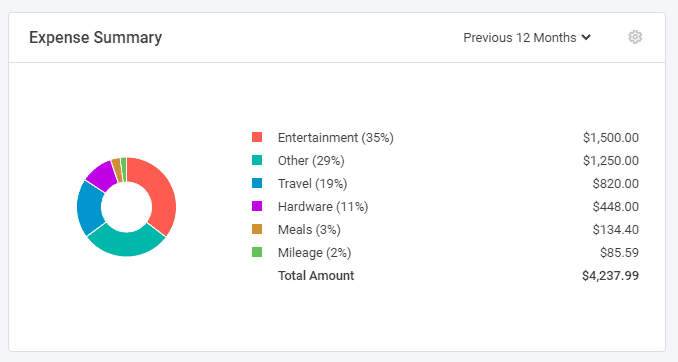
- Recent Projects / Task & Bug summaries – jump back into active work and monitor status distribution.

Tip: Click Add to Dashboard to open the widget library, then use the widget’s cog to set filters/grouping for that instance.
Set it up in 5 minutes (step-by-step)
- Open your Dashboard and hit Add to Dashboard.

- Drop 4–6 essentials (see list above). Keep it lean; you can expand later.
- Resize & arrange so the most important metrics sit top-left.
- Rename widgets to reflect your use cases (e.g., “AR >30d”). Add duplicates with different filters.
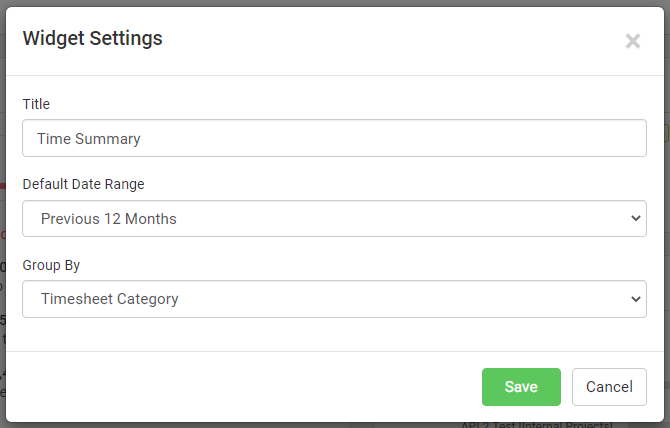
Save your layout and make it a Monday ritual: review, decide, act.
Role-based starter layouts (copy-paste ideas)
Owner/GM view
- Unpaid Invoices (filter: overdue)
- Sales vs Payments (this month)
- Timesheet Summary (billable vs non-billable)
- Expense Summary (this month)
- Recent Projects
Goal: protect margin and cash timing.
Ops/Resource lead
- Timesheet Summary (team grouping)
- Task Summary (status distribution)
- Recent Projects
- Sales vs Payments (trend)
Goal: rebalance capacity before projects slip.
Project manager
- Task Summary + Bug Summary (per project)
- Timesheet Summary (project view)
- Recent Projects
Goal: unblock execution and keep scope tight.
Finance/AP/AR
- Unpaid Invoices (age buckets)
- Sales vs Payments (monthly)
- Expense Summary (category trend)
Goal: accelerate collections, curb leakage.
Note: Each layout is created by adding, renaming, and filtering multiple widgets; you can add more widgets over time as the gallery grows.
Turn signals into action (weekly cadence)
- Cash stuck? Drill into Unpaid Invoices, trigger reminders, or book a collections sprint.
- Utilization dipping? Reassign work; adjust scheduling before revenue slips.
- Costs creeping? Use Expense Summary to spot categories spiking month-over-month.
- Projects stalling? Scan Task/Bug summaries, clear blockers, and reset timelines.
Power tips
- Multiple instances = multiple lenses. Add the same widget twice with different filters (e.g., AR by age vs by customer).
- Name your widgets clearly. The title should state the question it answers (“Overdue AR >30d”).
- Keep the grid tight. More widgets ≠ more clarity. Start small; expand as you build the habit.
FAQs
Can every user customize their dashboard?
Yes, each user can tailor their own widget layout, sizes, and positions.
Can I duplicate widgets or add more than one of the same type?
Yes – add multiple instances and rename them to reflect different filters.
Where do I find new widgets?
Click Add to Dashboard to open the widget gallery; we continue to expand it over time. If you need something specific, email support and suggest it.
